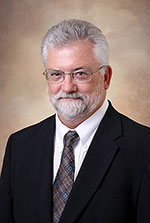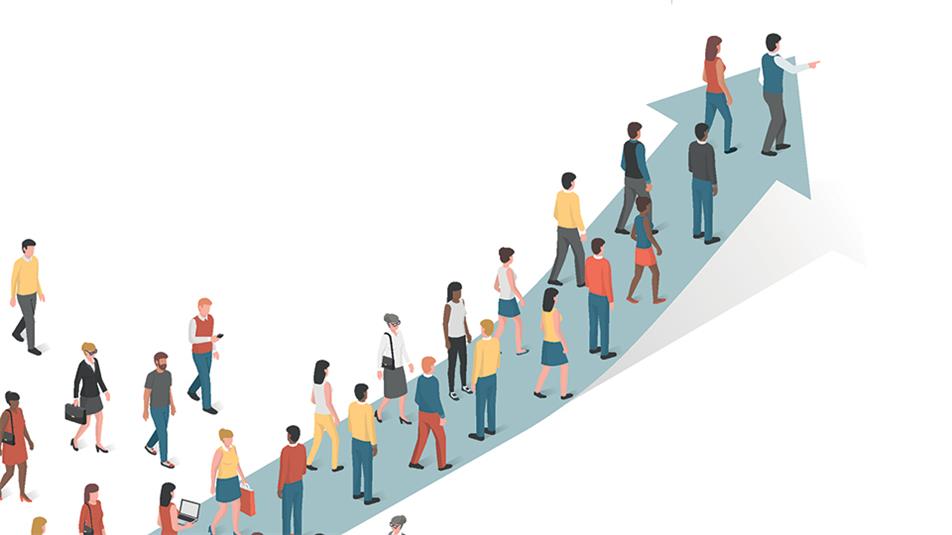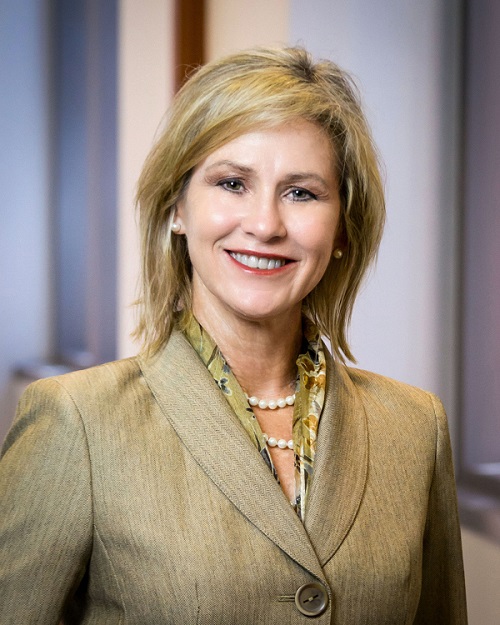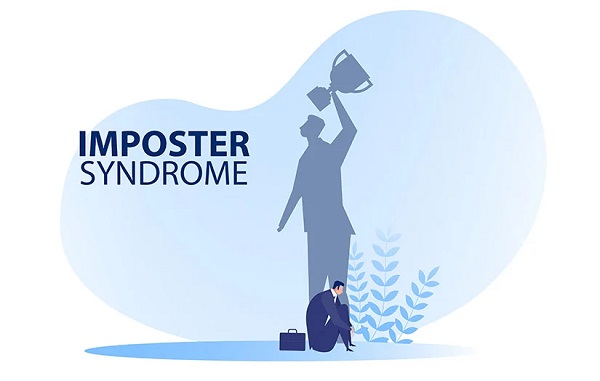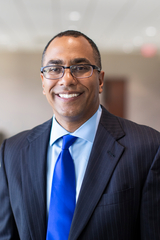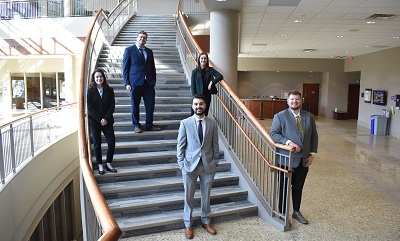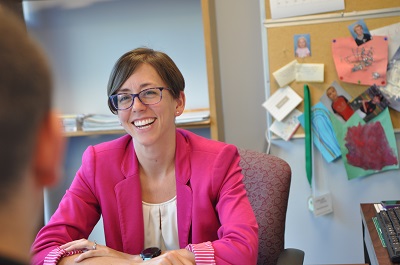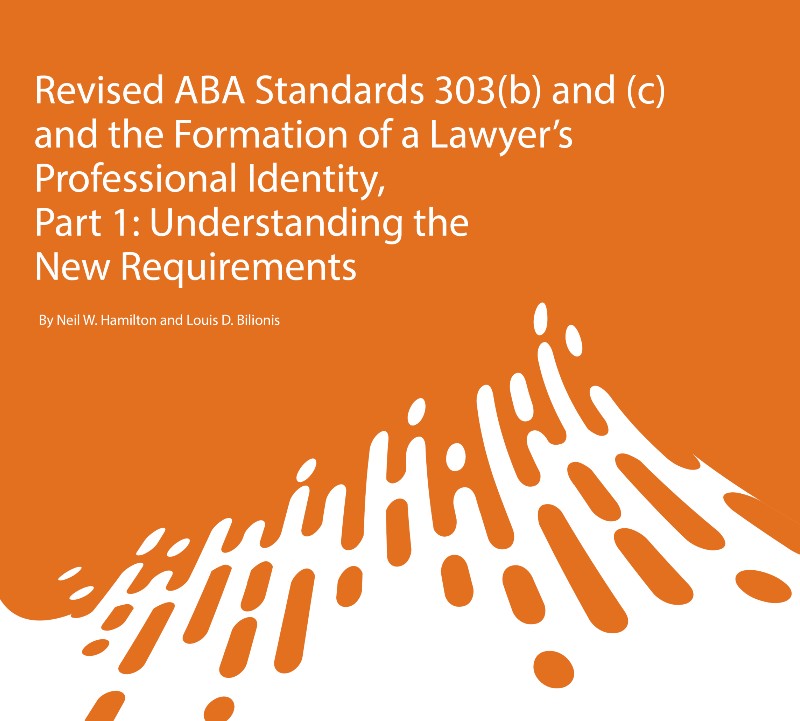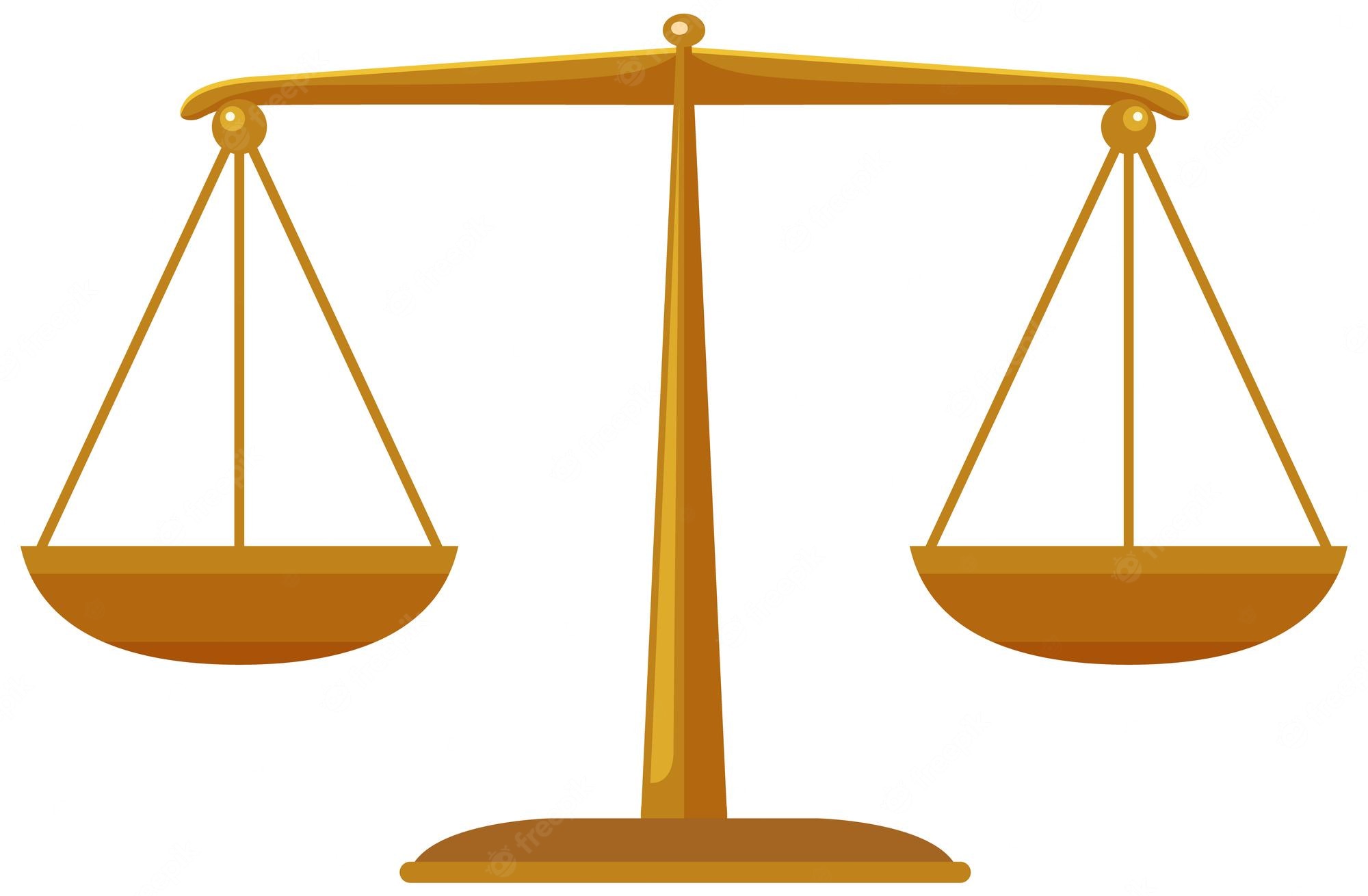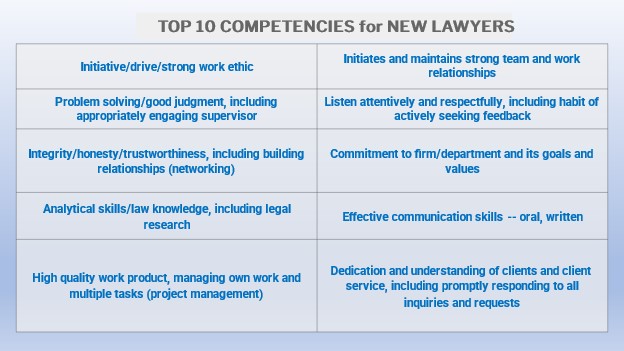By: Karen Tokarz, Charles Nagel Professor of Public Interest Law & Policy, Director of the Negotiation & Dispute Resolution Programs, and Director of the Civil Rights & Mediation Clinic, Washington University School of Law
Washington University Law School is striving to address the revised ABA Standards of 303(b) and 303(c) in multiple ways. The law school utilizes a short course on Negotiation, which we have required for 1Ls for over a decade. It is offered each year in August and January. As set forth in the syllabus, one of the four days focuses on professional identity, bias, and cross-cultural competency. This course offers a unique way of introducing 1L students to these issues via education, experiential learning, negotiation partner feedback, and self-reflection.
In addition, all of our upper-class dispute resolution courses explicitly address professional identity, bias, and cross-cultural competency, especially Cross-Cultural Dispute Resolution, which is offered both semesters.
Below are links to the syllabi of the Negotiation course and Cross-Cultural Dispute Resolution, followed by the text of each syllabi.
1L Negotiation Class Syllabus
Cross-Cultural Dispute Resolution Syllabus
Washington University School of Law Required 1L Negotiation Course (1cr.)
Class Schedule, Objectives, Learning Outcomes, and Assignments
All times are approximate
Course Objectives/Learning Outcomes:
Negotiation is the most commonly used form of legal dispute resolution in the United States and around the world. This required course is designed to introduce students to the basics of negotiation through reading, discussion, simulation exercises, and videos. The course focuses on negotiation theory, negotiation skills, lawyer (agent)/client (principal) dynamics, negotiating in teams, and negotiation ethics.
The ability to participate successfully in legal negotiations rests on a combination of five core skills that students will begin to develop in this course: 1) theoretical understanding; 2) interpersonal and intrapersonal awareness; 3) planning; 4) drafting; and 5) reflection. This course provides students with a set of conceptual frameworks and practice experiences that will enhance understanding and skill level in these areas, from the various perspectives of negotiators, advocates, and clients in negotiations.
This introductory course lays the foundation for learning in upper-level negotiation and dispute resolution courses, as well as doctrinal courses. The course introduces issues of leadership, professional identity, bias, cross-cultural competency and cross-cultural humility. The course also helps prepare students for negotiation and dispute resolution issues soon to be added to the multi-state bar exam.
Course Requirements:
- Attendance will be taken at the beginning of each class Because this is a short, one-credit class, anyone who is not present for all four days will not earn credit for the class and will be required to retake it at another time.
- There is no final examination for this course, but there is required reading and four required short Students may discuss the assignments with each other but must draft the assignments individually. Students are urged to use their own words in response to the questions. Students are not required to footnote references to the assigned books, other than an initial reference, unless using direct quotations. Students must submit each of their four papers via Canvas before the beginning of each class and receive a passing mark on each paper to pass the course. Students who fail to submit passing papers before the beginning of each class will not earn credit for the course and will be required to retake it at another time.
In addition to the four required papers, there are other short assignments, including a Negotiation Self-Analysis & Partner Feedback Form following each Students must submit passing papers related to the negotiations by the conclusion of each class to pass the course.
ABA Standard 310:
ABA Standard 310 requires “not less than one hour of classroom or direct faculty instruction and two hours of out-of-class student work per week or the equivalent amount of work over a different amount of time” for each credit hour awarded.” This course is designed to meet this requirement, and each student is expected to spend no less than 42.5 hours of total work per credit hour.
Texts:
Students must read Roger Fisher & William Ury, Getting to Yes: Negotiating Agreement Without Giving In (any edition) before beginning the course. Assigned readings in addition to Getting to Yes will be available on the course Canvas page. Students are strongly encouraged to read the additional readings before beginning the course. Each day’s module on Canvas will include assigned readings and relevant handouts and links.
Tuesday August 23: Negotiation Theories, Strategies, and Styles
Class Schedule:
1:00-2:00 Introduction to the Course and Overview of Day
2:00-2:35 First Negotiation Exercise: The Gallery
2:35-2:45 Share Reflections with Other Side
2:45-2:55 Break
2:55-3:30 Analysis of First Exercise
3:30-4:30 Discussion of Getting to Yes and Theories of Negotiation
Assignment: Please read the entirety of Roger Fisher & William Ury, Getting to Yes: Negotiating Agreement Without Giving In (any edition). Please come to class prepared to discuss the reading and to pose two comments or questions.
To be eligible for credit for the course, students must submit before the beginning of class via Canvas a Pre-Negotiation Course Profile, along with a written memo of minimum four (4) pages, maximum five (5) pages, that addresses the questions below. Please use 12 pt. Times New Roman font, 1.5 spacing. In your memo, please answer the following questions:
- What are the downsides of bargaining solely over positions in a negotiation? Why and how could one shift the focus from positions to underlying interests in a negotiation?
- Compare distributive bargaining to problem-solving negotiation. Can lawyers change adversarial bargaining to problem-solving in disputes and deals without risking exploitation? What comparative benefits do you think lawyers bring to negotiations?
- Identify various kinds of interpersonal and intrapersonal people problems that might occur in a negotiation. Why and how could one separate people from the problem in a negotiation? Why and how could one invent and use options for mutual gain in a negotiation? What are possible obstacles to inventing and using these options?
- Why and how could one develop and use objective criteria in a negotiation? Why and how could one develop and use their and the other side’s BATNA?
- What is the definition of a successful negotiation?
- What do you see as the biggest pro and the biggest con of the approach suggested in Getting to Yes.
Wednesday, August 24: Lawyer (Agent)/Client (Principal) Relationships, Professional Identity, Confidentiality, Negotiation Ethics
Class Schedule:
1:00-2:10 Discussion of Readings and Overview of Day
2:10-2:30 Prepare for Second Negotiation Exercise (with same party)
2:35-2:45 Break
2:45-3:30 Second Negotiation Exercise: Client Interview/Retainer Agreement
3:30-3:40 Share Reflections with Other Side
3:40-4:30 Analysis of Second Exercise
Assignment: Please read the Model Rules of Professional Conduct (focus on the Preamble and Rules 1, 4, and 8); read pp. 95-138 in Art Hinshaw & Jess K. Albert, Doing the Right Thing: An Empirical Study of Attorney Negotiation Ethics; and read Beyond Words (and complete the short listening test at the end of that article).
Please come to class prepared to discuss the readings and to pose two comments or questions. To be eligible for credit for the course, students must submit before the beginning of class via Canvas a completed listening test (located at the end of the Beyond Words article), plus a written memo of minimum three (3) pages, maximum four (4) pages, that addresses the below questions. Please use 12 pt. Times New Roman font, 1.5 spacing. In your memo, please answer the following questions:
- What are potential professional and ethical dilemmas for lawyers (agents) when engaged in negotiations on behalf of clients (principals)?
- Why do you think lawyers violate rules such as Model Rules 1, 4, or 8?
- Can lawyers and/or clients lie in negotiations? What are the risks, rewards?
- What is the role of confidentiality in legal negotiations?
- What does it mean for a lawyer to listen beyond the words? What does it mean to lawyer “with” your client, rather than “for” your client? What is client-centered lawyering?
Thursday, August 25: Bias, Cultural Competence, Cultural Humility
Class Schedule:
1:00-1:40 Discussion of Readings and Overview of Day
1:40-2:00 Prepare for Third Negotiation Exercise (with partner)
2:00-2:40 Third Negotiation Exercise: Sally Soprano
2:40-2:50 Share Reflections
2:50-3:00 Break
3:00-4:00 Analysis of Third Exercise
4:00-4:30 Joint Planning for Fourth Exercise (with same party)
Assignment: Please read Sue Bryant and Jean Koh Peters, Five Habits for Cross-Cultural Lawyering.
Please come to class prepared to discuss the readings and to pose two comments or questions. To be eligible for credit for the course, students must submit before the beginning of class via Canvas a written memo of minimum two (2) pages, maximum three (3) pages, that addresses the below questions. Please use 12 pt. Times New Roman font, 1.5 spacing. In your memo, please answer the following questions:
- In what ways might bias and culture influence lawyering with clients and others, and what potential issues might arise for you in client interactions and negotiations?
- What are your biggest insights/take-a-ways as to each of the five habits for cross-cultural lawyering that you might use to help identify your biases and cultural norms, and those of your clients and others, to enhance your communications and negotiations?
Friday, August 26: The Art of Persuasion
Class Schedule:
1:00-1:40 Discussion of Video and Overview of Day
1:40-1:50 Prepare for Fourth Exercise (with partner)
1:50-3:00 Fourth Exercise: Multi-Party Negotiation
3:00-3:10 Share Reflections
3:10-3:20 Break
3:20-4:30 Analysis of Fourth Exercise, Concluding Lecture, Next Steps to Improve as a Negotiator
Assignment: Please watch the first 17 minutes of Mr. Rogers and the Power of Persuasion , http://www.youtube.com/watch?y=_DGdDQrXy5U (link also available on Canvas), and read Carmine Gallo, The Art of Persuasion Hasn’t Changed in 2,000 Years, available at www.carminegallo.com/the-art-of-persuasion-hasnt-changed-in-2000-years/ Please come to class prepared to discuss the video and reading, and to pose two comments or questions as to how the art of persuasion is relevant to negotiations and dispute resolution.
To be eligible for credit for the course, students must submit before the beginning of class via Canvas a written negotiation plan of minimum two (2) pages, maximum three (3) pages. Please use 12 pt. Times New Roman font, 1.5 spacing. In your negotiation plan, please include four columns, one each for you and your partner and one each for the other side and her/his partner. Identify what you understand/guesstimate each side wants (substantive and relationship goals/ positions), why (underlying interests), how (optimal negotiation styles), cultural/ethical issues, options for achieving mutual gains as to substantive and relationship goals, information you want to obtain/retain, aspiration points, resistance points (bottom lines), and BATNAs.
Cross-Cultural Dispute Resolution Fall, 2022
Mondays, 9:00 AM – 10:52 AM Anheuser-Busch Hall, Room
Prof. Juan Del Valle juandelvalle@wustl.edu
SYLLABUS
CREDITS: 3.0
COURSE DESCRIPTION
Disputes and dispute resolution frequently involve cross-cultural conflict. Effective dispute resolution methods involve additional elements than those used in intra-culture adjudicatory and amicable dispute resolution processes. Through a harmonic integration of legal, sociological, psychological, and neurological concepts and findings, this course is designed to equip students with valuable tools that will allow them to choose suitable dispute resolution methods and strategies for resolving cross-cultural controversies, and managing legal conflicts involving individuals from diverse cultures and backgrounds, including but not limited to gender, religion, national origin, and race. The course is designed to enhance negotiation and dispute resolution skills by increasing cultural intelligence (CQ) for legal professionals who will be involved in diverse conflict resolution scenarios, whether as attorneys, negotiators, facilitators, or adjudicators. The course includes assigned readings, drafting, and simulations related to cross-cultural dispute resolution.
ABA STANDARD COMPLIANCE
ABA Standard 310 requires “not less than one hour of classroom or direct faculty instruction and two hours of out-of-class student work per week or the equivalent amount of work over a different amount of time” for each credit hour awarded. This course has been designed to meet this requirement, through the inclusion of mandatory readings, free research and assignments that will be explained during the course and a final essay, expecting each student to spend at least two hours of out-of-class time for each one hour of in-class-time per credit hour.
COURSE OBJECTIVES AND LEARNING OUTCOMES
By the end of the semester, students will be able to effectively:
- Recognize and utilize techniques to communicate and collaborate with cross-cultural stakeholders about their cases, the law, and policy in negotiations and mediation processes;
- Recognize and understand the existence of biases and their impact in information-collecting processes;
- Acknowledge ways to control biases and other informational barriers sourced in the adaptive unconscious;
- Recognize and understand the impact of context and the distribution of power in negotiations and mediations, including culture, gender, race, national origin, religion;
- Identify and understand the underlying interests of all of the stakeholders in dispute resolution processes where cultural difference may add challenges to the collection of information;
- Recognize and understand opportunities for and barriers for stakeholders to create and claim value on a sustainable basis in dispute resolution processes.
- Recognize and understand the impact of intrapersonal and interpersonal styles, and persuasion techniques in negotiations and mediations involving cross-cultural interactions;
- Identify and utilize necessary oral and written advocacy skills with and on behalf of stake- holders in negotiations and mediations involving cross-cultural interactions;
- Enhance communication, relationship development, trust building, and persuasion skills in negotiations and mediations involving cross-cultural interactions;
- Enhance collaboration skills and maximize effectiveness working as a team member to advance the interests of the stakeholders and the process in negotiations and mediations involving cross-cultural interactions;
ASSESSMENT AND GRADING
Students are expected to prepare for every class. Participation in class discussions and class exercises, including a final project will be highly graded and will be assigned twenty-five percent (25%) of the final grade. A final, anonymous essay of approximately 6 pages will have a seventy five percent (75%) weight on the grade.
READINGS AND EXERCISES
Students must read and prepare for a discussion of the assigned readings prior to each session and come to class prepared to actively participate in class discussions. Students are encouraged to read any additional material they find useful to complement lectures. The instructors may suggest complementary readings during the course.
ATTENDANCE POLICY
This is a participatory course. Its success depends on everyone’s active participation and preparation for the exercises that are assigned. Students are allowed to miss 2 classes without that absence negatively impacting their grade; provided that, (i) I am notified in advance of your expected absence (preferably at the previous class) and (ii) any materials you are required to turn in are delivered to me before the class you will miss. Failure to provide advanced notice of an absence, turn in any assignments prior to class or missing more than two classes (absent extreme circumstances approved by Elizabeth Walsh, Associate Dean for Student Services) will count as an unexcused absence. We can be notified about expected absences in class or by email. Unexcused absences will negatively impact both the class participation and performance portions of your grade.
SIMULATION EXERCISES & CASE STUDIES
We will have 2-4 exercises in the course of the semester.
For the simulations to be successful and allow you to develop your skills, it is important that they are approached as seriously as you would approach a real-life negotiation. It is also important that you maintain your assigned role, try to maximize the outcome of the party you are assigned and fully prepare for each simulation. Most of all, I want you to enjoy every single session of this course.
LAPTOP POLICY
Laptops may be used during class discussions to take notes and used during simulations if you are instructed to do so. At no time may laptops be used to surf the web or communicate about subjects not related to the class. Cell phones shall NOT be used at any time while class is in session to make calls, take in-coming calls, or text, except during class breaks. Use of laptops, cell phones, or other electronic devices during class at prohibited times is extremely distracting and reflects a lack of respect to your classmates and me and will result in a failing participation grade for that class session.
CLASS PARTICIPATION
Your final grade will be a combination of the following:
Weekly Class Attendance, Class Participation, and Final Project (25%)
Weekly Participation:
Your weekly class participation throughout the semester, as demonstrated through preparation and discussion of the assigned reading materials, active engagement in the simulations, and negotiation planning memos will be worth 25% of your grade.
Final Essay:
75% of your grade.
*Required Course Textbooks
Fisher, R., Ury, W. (2011). Getting to Yes: Reaching Agreements Without Giving In. New York, NY: Penguin Books. ISBN-10: 0143118757; ISBN-13: 978-0143118756.
Lewis, R. (2018). When Cultures Collide: Leading Across Cultures. Boston, MA: Hachette Book Group. ISBN-10: 9781473684829; ISBN-13: 978-1473684829.
Randolph, P. (2016). The Psychology of Conflict: Mediating in a Diverse World. Bloomsbury Continuum. ISBN-10: 1472922972; ISBN-13: 978-1472922977.
*Required Additional Readings
Cairns, D. (2005). Mediating International Commercial Disputes: Differences in U.S. and Euro- pean Approaches. Dispute Resolution Journal. Aug-Oct, 2005; 60, 3. Available at http://www.nysba.org/workarea/DownloadAsset.aspx?id=67718
Pair, Lara M. (2002). Cross-Cultural Arbitration: Do the Differences Between Cultures Still In- fluence International Commercial Arbitration despite Harmonization? ILSA Journal of International and Comparative Law. Vol 9, Issue 1, Article 2. Available at https://nsuworks.nova.edu/il- sajournal/vol9/iss1/2/
*Suggested Complementary Readings
Groves, K., Feyerherm, A., Minhua, G. (2015). Examining Cultural Intelligence and Cross-Cul- tural Negotiation Effectiveness. Journal of Management Education, Vol. 39(2) 209-243. Available at www.sagepub.com.
Class Schedule and Assigned Mandatory Readings
Week 1: Basics of Legal Negotiation and Dispute Resolution
Readings: Fisher, R., Ury, W. (2011) Getting to Yes. Chapters I – IV.
Week 2: The Psychology of Conflict in Legal Dispute Resolution: Cross-Cultural Perspectives on Existentialism, Psychological Perceptions in Conflicts, and the Impact of Emotions
Readings: Randolph, P. (2016). The Psychology of Conflict: Mediating in a Diverse World. Bloomsbury Publishing Plc. Chapters 1, 2, 3.
Week 3: The Psychology of Conflict in Legal Dispute Resolution: Cross-Cultural Perspectives on Self-Esteem, Values and Polarities, Interpersonal Relationships, and Psychological Impact of Listening.
Readings: Randolph, P. (2016). The Psychology of Conflict: Mediating in a Diverse World. Bloomsbury Publishing Plc. Chapters 4, 5, 6.
Week 4: The Psychology of Conflict in Legal Dispute Resolution: Cross-Cultural Perspectives on Assumptions and Biases, Amicable Dispute Resolution, Differing Models of Negotiations and Mediations, Empathy, and Neurology of Conflict Resolution.
Readings: Randolph, P. (2016). The Psychology of Conflict: Mediating in a Diverse World. Bloomsbury Publishing Plc. Chapters 7, 8, 9.
Week 5: Overcoming Cross-Cultural Barriers in Legal Dispute Resolution: Language Differences
Readings: Lewis, R. (2018). When Cultures Collide: Leading Across Cultures. Boston, MA: Hachette Book Group, Chapter 1.
Week 6: Overcoming Cross-Cultural Barriers in Legal Dispute Resolution: Cultural Conditioning
Readings: Lewis, R. (2018). When Cultures Collide: Leading Across Cultures. Boston, MA: Hachette Book Group, Chapter 2.
Week 7, October 10: Overcoming Cross-Cultural Barriers in Legal Dispute Resolution: Culture Categorization, Culture Relativism v. Constructivism, and Integration
Readings: Lewis, R. (2018). When Cultures Collide: Leading Across Cultures. Boston, MA: Hachette Book Group, Chapter 3.
In-Class Activity Links: Video: Richard Evanoff. (2016). How can People from Different Cultures get Along with Each Other? TedX on Youtube.com. Link: https://www.youtube.com/watch?v=osZr7DLxs8A
Week 8: Overcoming Cross-Cultural Barriers in Legal Dispute Resolution: Time in Cross-Cultural Negotiations
Readings: Lewis, R. (2018). When Cultures Collide: Leading Across Cultures. Boston, MA: Hachette Book Group, Chapter 4.
Week 9: Overcoming Cross-Cultural Barriers in Legal Dispute Resolution: Power- less Communication, Power of Paraphrasing and Reframing, and Communication Gaps
Readings: Lewis, R. (2018). When Cultures Collide: Leading Across Cultures. Boston, MA: Hachette Book Group, Chapter 5.
Week 10: Overcoming Cross-Cultural Barriers in Legal Dispute Resolution: Motivation and Trust-Building, and the Low-Trust Syndrome
Readings: Lewis, R. (2018). When Cultures Collide: Leading Across Cultures. Boston, MA: Hachette Book Group, Chapter 9.
Week 11: Overcoming Cross-Cultural Barriers in Legal Dispute Resolution: Meeting of the Minds, Relationship-Building, Giving-In as a Strategy to Overcome Low Trust and Ot- her Cross-Cultural Barriers
Readings: Lewis, R. (2018). When Cultures Collide: Leading Across Cultures. Boston, MA: Hachette Book Group, Chapter 10.
In-Class Activity Links: Link: Rathi, A. (2015). This Simple Negotiation Tactic Brought 195 Countries to Consensus. Retrieved from https://qz.com/572623/this-simple-negotiation-tactic- brought-195-countries-to-consensus-in-the-paris-climate-talks/.
Week 12: Gender, Race, National Origin, and Religion in Dispute Resolution
Preparation for class: Please research on recent studies regarding the influence of race, gender, and religion in dispute resolution processes. Please be prepared to share your findings in class.
Readings: Pair, Lara M. (2002). Cross-Cultural Arbitration: Do the Differences between Cultures Still Influence International Commercial Arbitration Despite Harmonization? ILSA Journal of International and Comparative Law. Vol 9, Issue 1, Article 2. Cairns, D. (2005).
Week 13: Cross-Cultural Views of Commercial Dispute Resolution
Readings: Mediating International Commercial Disputes: Differences in U.S. and European Approaches. Dispute Resolution Journal. Aug-Oct 2005; 60, 3.
Cross-Cultural Arbitration: Do the Differences between Cultures Still Influence International Commercial Arbitration Despite Harmonization? ILSA Journal of International and Comparative Law. Vol 9, Issue 1, Article 2. Cairns, D. (2005).
Week 14: Giving, transparency, and building trust in Cross-cultural dispute resolution processes.
In-class activity: Final project presentation and discussion.
If you have any questions or comments about the courses, then please feel free to email me at tokarz@wustl.edu.
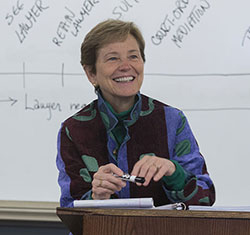
Karen Tokarz is the Charles Nagel Professor of Public Interest Law & Policy, Director of the Negotiation & Dispute Resolution Programs, and Director of the Civil Rights & Mediation Clinic at Washington University School of Law in St. Louis.
